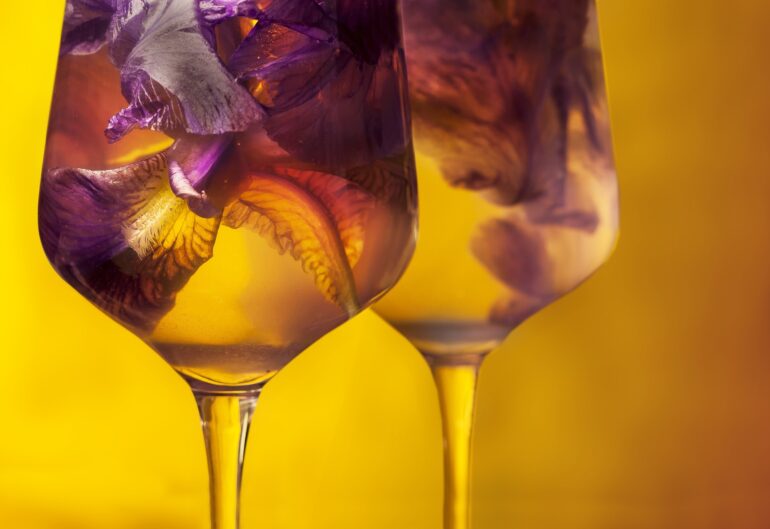TL;DR:
- Alcohol represents 5.1% of the global disease burden, impacting health and economies.
- Alcohol exposure is prevalent across social media, films, advertising, and music.
- ZSL and ABIDLA2 are explored for alcohol exposure measurement in images.
- ABIDLA2 shows promise but requires extensive annotated data, while ZSL is more resource-efficient.
- ZSL excels in some tasks but struggles with fine-grained classification compared to ABIDLA2.
- ZSL performs well with descriptive phrases, rivaling ABIDLA2 in classifying broad beverage categories.
- Phrase engineering enhances ZSL performance, especially for the ‘others’ class.
- ZSL is a valuable tool for alcohol content identification in images, especially in binary classification.
- Future research should compare supervised learning models to ZSL on diverse real-life datasets.
Main AI News:
In today’s world, where alcohol has become a prevalent health concern, it constitutes a staggering 5.1% of the global burden of disease, inflicting significant negative impacts on both individuals and economies alike. From social media platforms to films, advertising campaigns, and popular music, alcohol exposure seems to be omnipresent. As researchers delve into the subject, they’ve noticed a potential link between exposure to alcohol-related social media posts and actual alcohol consumption, especially among young adults. To better comprehend and measure alcohol exposure, innovative approaches are being explored.
One such approach is the use of Supervised Deep Learning models, exemplified by the Alcoholic Beverage Identification Deep Learning Algorithm (ABIDLA). This model shows promising results in identifying alcoholic beverages from images; however, it demands a vast amount of manually annotated data for effective training. An alternative technique gaining traction in this field is Zero-Shot Learning (ZSL), which leverages the power of Contrastive Language-Image Pretraining (CLIP). This novel method allows researchers to evaluate the performance of ZSL in comparison to a deep learning algorithm, ABIDLA2, specifically designed to identify alcoholic beverages in images.
The evaluation process involved using a test dataset known as ABD22, consisting of eight beverage categories, with a uniform distribution of 1762 samples per class. Researchers employed performance metrics such as unweighted average recall (UAR), F1 score, and per-class recall to make a comprehensive comparison between ABIDLA2 and ZSL, focusing on both named and descriptive phrases.
The results unveiled that while ZSL performed admirably in certain tasks, it struggled with fine-grained classification. On the other hand, the ABIDLA2 model demonstrated superiority in identifying specific beverage categories. However, ZSL’s utilization of descriptive phrases, such as “this is a picture of someone holding a beer bottle,” showcased comparable performance to ABIDLA2 in classifying beverages into broader categories (e.g., beer, wine, spirits, and others – Task 2). Impressively, ZSL even surpassed ABIDLA2 when it came to determining whether a picture contained alcohol content or not.
The researchers pinpointed the significance of phrase engineering in enhancing ZSL’s performance, particularly concerning the ‘others’ class. One of the key strengths of ZSL is its ability to achieve high accuracy with minimal additional training data and computational resources. Moreover, it demands less expertise in computer science compared to traditional supervised learning algorithms. This capability makes ZSL an attractive choice for addressing research questions related to alcohol content identification in images, especially when binary classification is needed.
Conclusion:
This research reveals that Zero-Shot Learning (ZSL) offers a promising solution for identifying alcohol content in media. Its efficiency, lower resource demands, and potential for binary classification make it an attractive option for businesses seeking to address alcohol-related research questions. However, fine-tuning and phrase engineering is critical to maximizing ZSL’s performance, especially for specific beverage categories. Companies operating in the digital marketing, advertising, and social media spaces could benefit from incorporating ZSL-based solutions to monitor and analyze alcohol exposure in their content and campaigns, ultimately making more informed decisions and ensuring responsible content dissemination.

